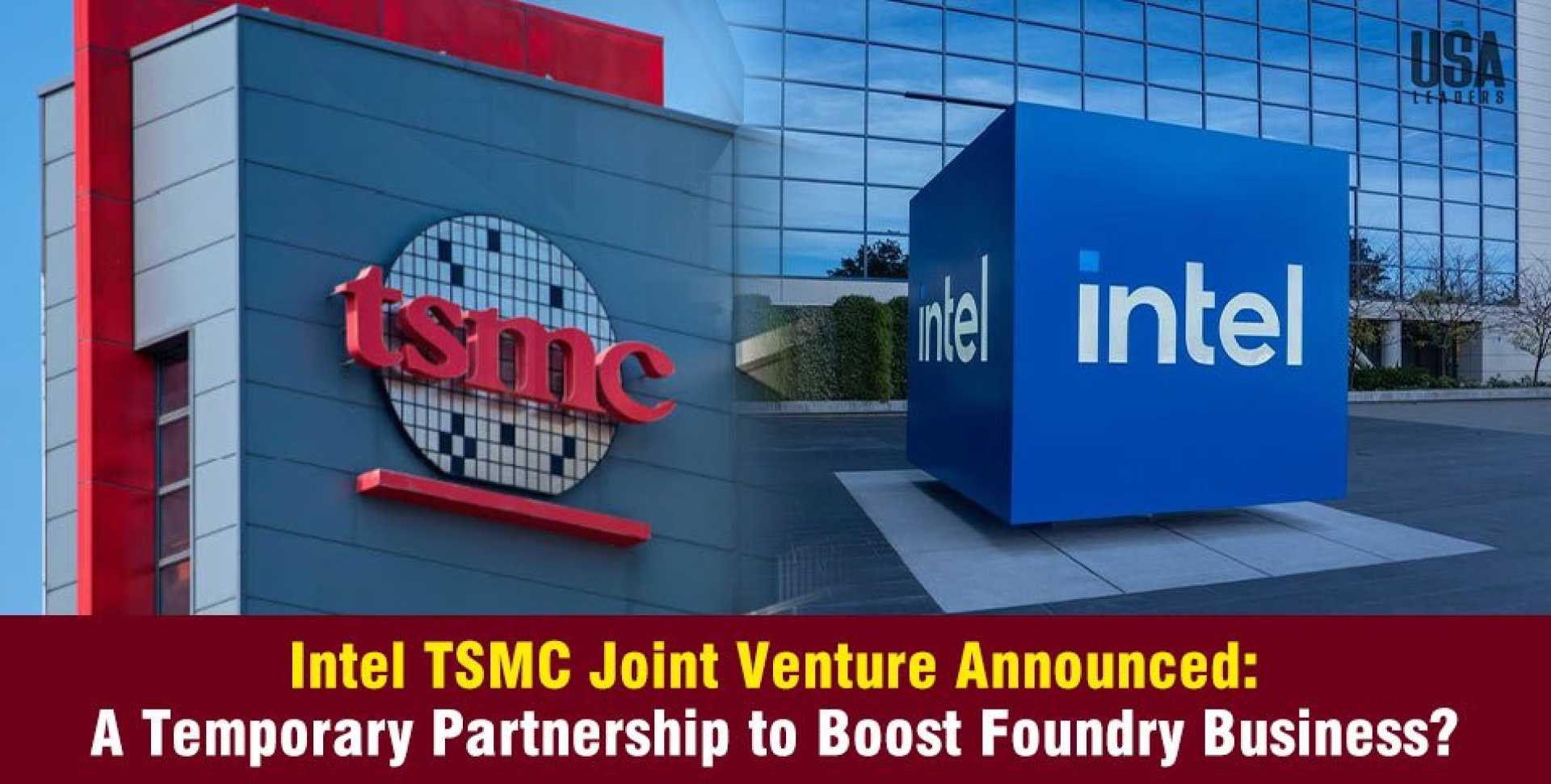Business
Intel and TSMC Form Strategic Joint Venture for Chip Production

San Francisco, California — Executives from Intel and Taiwan Semiconductor Manufacturing Company (TSMC) have reached a preliminary agreement for a joint venture focused on operating Intel’s chipmaking facilities. TSMC will acquire a 20 percent equity stake in the new enterprise, according to sources familiar with the negotiations, as reported by The Information’s Qianer Liu.
The proposed joint venture will see U.S. companies, including Intel, retain the majority ownership in the venture, which will encompass some of Intel’s existing foundry facilities. This strategic move is designed to enhance collaboration in semiconductor production and drive innovative chipmaking technologies.
In a significant departure from traditional equity stakes, TSMC is expected to contribute to the venture by imparting its advanced chipmaking techniques and providing training to Intel employees, rather than investing cash upfront for its share. One insider noted that this arrangement emphasizes knowledge transfer as a key component of the partnership.
The deal marks a pivotal moment in the semiconductor industry, as companies strive to navigate supply chain challenges and boost domestic chip production amid rising global demand. Intel, once a leader in chip manufacturing, has been working to regain its competitive edge, making partnerships like this crucial for its strategic goals.
Intel has been under pressure from competitors and industry experts to accelerate its production capabilities. This joint venture could potentially streamline operations and improve efficiency while harnessing TSMC’s manufacturing expertise. The collaboration represents a mutual understanding of the current market dynamics, where innovation and rapid adaptation are vital for survival.
Neither company has officially confirmed the details of the deal, but if completed, it could set a new standard for partnerships within the semiconductor sector. This collaboration could also position both companies to better serve the growing demand for chips in various industries, from consumer electronics to automotive.












